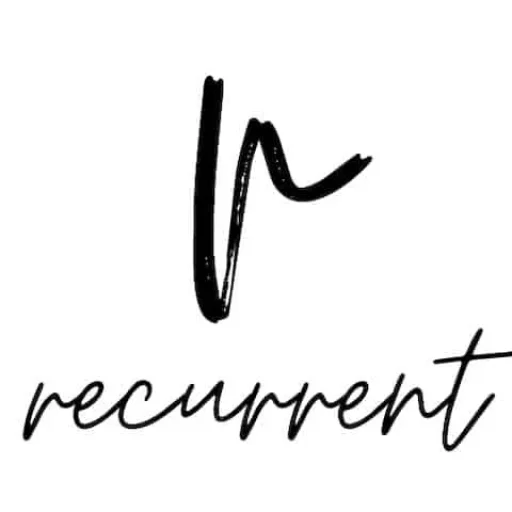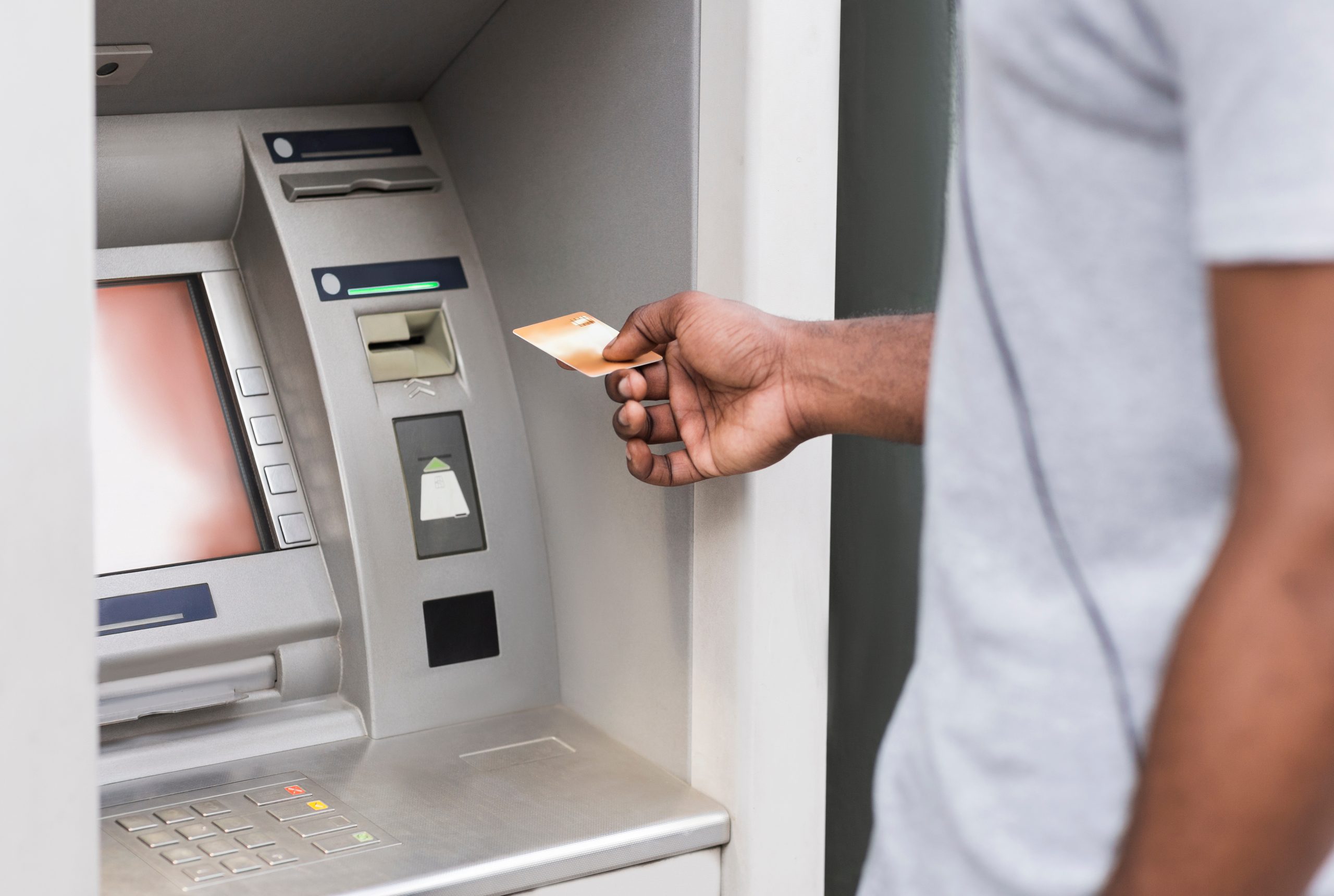How do you withdraw money from an ATM in Australia?
Fortunately, the process is straightforward and easy to understand. All you need is a debit card that’s compatible with Australian ATMs, and you’ll be able to access your funds quickly and conveniently.
ATMs are located all over the country, in banks, shopping centres, and other public places. To withdraw money, simply insert your debit card into the ATM and follow the on-screen instructions. You’ll be prompted to enter your PIN, select the account you want to withdraw from, and choose the amount you wish to withdraw. Once you’ve confirmed your transaction, the ATM will dispense your cash and return your card. It’s that simple!
One thing to keep in mind is that some ATMs in Australia may charge a fee for withdrawals, especially if you are using an ATM that is not part of your bank’s network. To avoid these fees, look for an ATM that is part of your bank’s network or use an ATM that is fee-free. Additionally, it’s a good idea to let your bank know that you’ll be travelling to Australia, so they can ensure your card is not blocked for suspicious activity.
Understanding ATM Withdrawal in Australia
What is an ATM and How Does it Work?
An ATM (Automated Teller Machine) is a self-service machine that allows you to perform various banking transactions, such as withdrawing cash, checking your account balance, transferring funds, and more. ATMs are available 24/7 and are located in various locations across Australia, including shopping centres, petrol stations, and banks.
When you approach an ATM, you will be prompted to insert your ATM card into the card reader. Once you have inserted your card, you will be asked to enter your Personal Identification Number (PIN) using the keypad. After you have entered your PIN, you can select the transaction you wish to perform, such as withdrawing cash.
Types of ATM Cards
In Australia, there are two main types of ATM cards: credit cards and debit cards. Credit cards allow you to withdraw cash up to your available credit limit, while debit cards allow you to withdraw cash up to the available balance in your account.
When using an ATM, it is important to ensure that your card is compatible with the machine. Most ATMs in Australia accept cards with the following logos: Visa, Mastercard, Maestro, and Cirrus.
ATM Withdrawal Fees
When you withdraw cash from an ATM, you may be charged a fee by your bank or the ATM provider. The fees can vary depending on the type of card you have and the ATM you are using.
It is important to check with your bank to find out how much you will be charged for ATM withdrawals. Some banks may also charge a foreign transaction fee if you are using an ATM that is not owned by your bank or is located outside of Australia.
In addition to fees, it is important to keep in mind that most ATMs in Australia dispense banknotes in AUD$20 and AUD$50 denominations .
Always count your money and make sure you have the right amount before leaving the ATM.
Withdrawing Cash From ATM
If you need to withdraw cash from an ATM in Australia, it’s a straightforward process. Here’s a step-by-step guide on how to do it, as well as some tips for safe ATM withdrawals.
Step-by-Step Guide
- Find an ATM: Look for an ATM that’s convenient for you. You can find ATMs in banks, shopping centres, and other public places.
- Insert your debit card: Once you’ve found an ATM, insert your debit card into the card slot.
- Enter your PIN: Use the keypad to enter your PIN. Make sure to cover the keypad with your hand to prevent anyone from seeing your PIN.
- Select your transaction: Choose the “Withdraw” option on the screen.
- Choose your amount: Select the amount of money you want to withdraw from the ATM. Make sure you have enough funds in your account before you withdraw.
- Take your cash and card: Once the transaction is complete, the ATM will dispense your cash. Don’t forget to take your card out of the machine.
Tips For Safe ATM Withdrawals
- Be aware of your surroundings: Before you use an ATM, make sure the area around you is safe. If you notice anything suspicious, don’t use the machine.
- Cover the keypad: When you enter your PIN, cover the keypad with your hand to prevent anyone from seeing your code.
- Check for skimming devices: Skimming devices can be attached to the card slot or keypad of an ATM. Check for any unusual devices before you insert your card.
- Don’t share your PIN: Never share your PIN with anyone, including friends and family members.
- Keep your card safe: Keep your debit card in a safe place and report any lost or stolen cards to your bank immediately.
- Count your money: Always count the cash you receive from the ATM before you leave the machine.
By following these simple steps and tips, you can safely and easily withdraw cash from an ATM in Australia using your debit card.
Withdrawing Cash From ATM In Australia Summary
In conclusion, withdrawing money from an ATM in Australia can be a convenient and easy process if you follow a few simple tips. Remember to always check your surroundings before inserting your card and entering your PIN to ensure that you are in a safe environment.
It is also important to know the fees associated with withdrawing money from an ATM in Australia. Australian banks charge non-customers, including those using foreign cards, an ATM fee of around AUD$2 per transaction. Private ATMs charge even higher fees, so it is best to avoid them if possible.
When using an ATM in Australia, always withdraw in Australian Dollars to avoid Dynamic Currency Conversion, which can make up an unfavourable exchange rate. Also, be sure to use a bank ATM instead of a non-bank ATM to avoid potential deactivation of your card due to suspicious activity.
Overall, by following these simple tips, you can ensure a safe and hassle-free experience when withdrawing money from an ATM in Australia.

